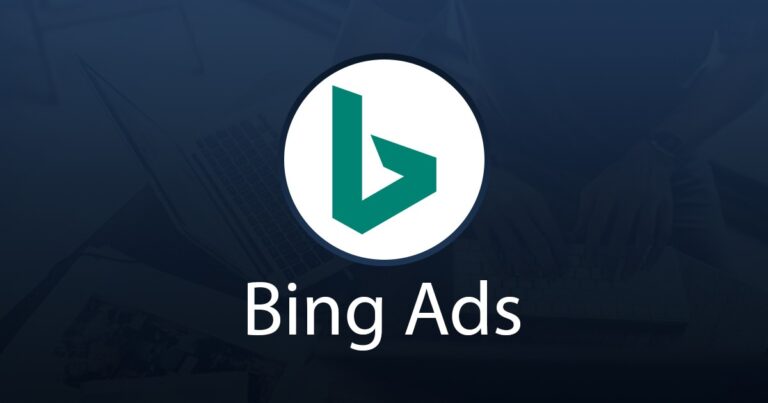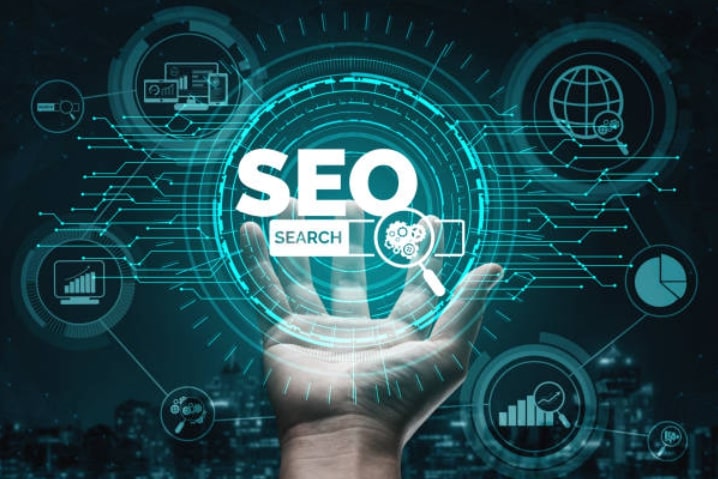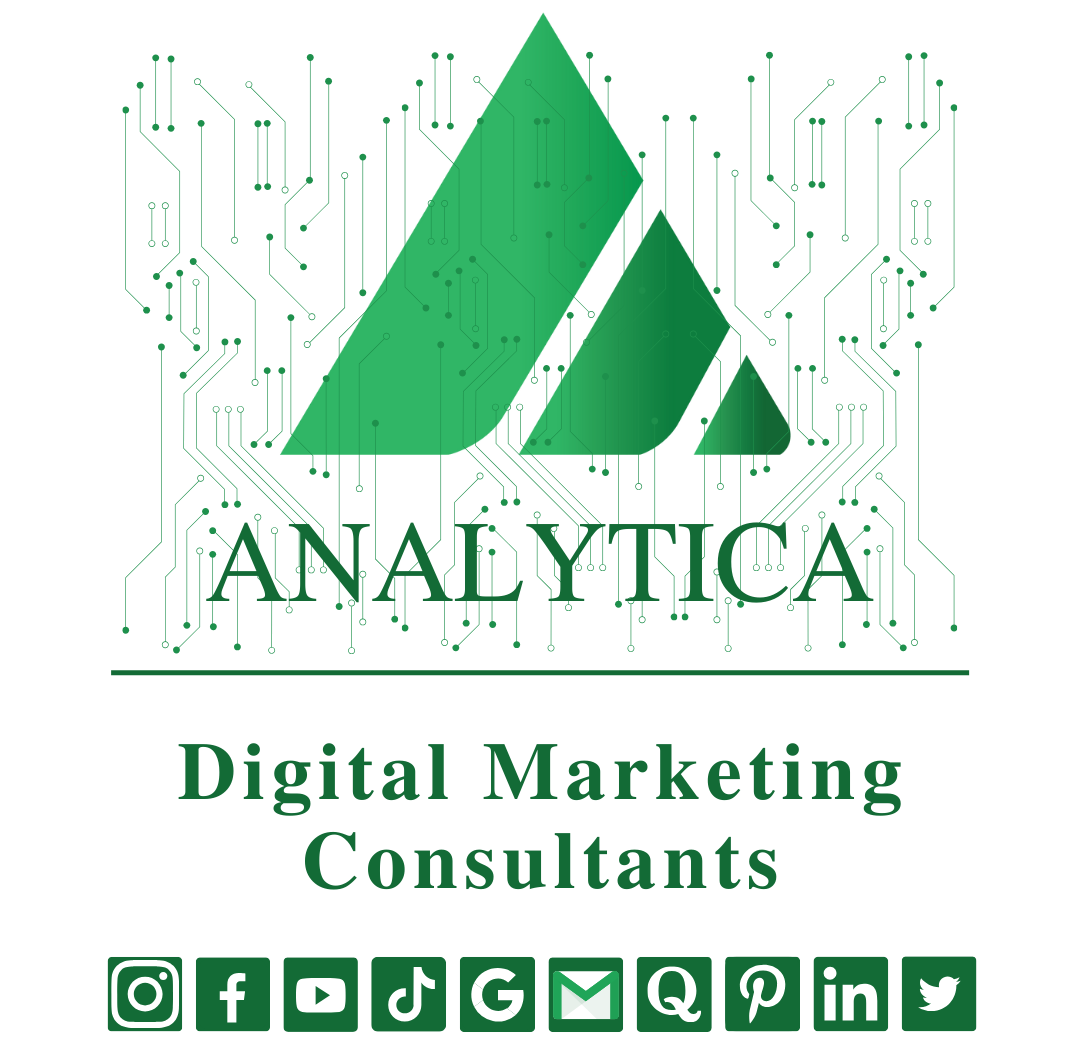What Is PPC Marketing?

Pay-per-click (PPC) marketing is an essential component of any effective Search Engine Optimization (SEO) plan because it can yield immediate results.
You can accomplish a variety of goals with PPC. The most popular uses for pay-per-click marketing include increasing brand recognition, generating new leads, directing traffic to your website, and improving conversion rates. Although there are numerous justifiable reasons to invest in PPC marketing, growth is the main motivator. PPC is relatively simple to implement, however, doing it correctly does require some thought and preparation.
PPC marketing: Important terms
Let’s examine some key PPC marketing terms that you should understand before continuing with our PPC guide.
Search Engine Marketing (SEM)
Use search engines to promote your company, services, or goods to targeted audiences using both paid and organic methods.
Cost Per Click (CPC)
How much does a single sale or conversion from your PPC ad cost?
Cost Per Thousand Impressions (CPM)
The cost per thousand is another name for this. Advertisers or marketers pay for each 1,000 ad impressions under a CPM pricing model.
Ad Rank
On a search engine results page (SERP), this is where your advertisement will finally display. By dividing your quality score by your maximum CPC bid, you may determine your ad rank.
Quality Score
This metric evaluates how relevant a PPC marketing ad is.
Bid
The most a PPC marketer will spend on each ad click is their maximum budget or spending amount.
Ad groups
Grouping or segmenting the keywords in your PPC ads into several themes or categories.
Landing page
The website or other location that a user will access after responding to a paid advertisement.
Anatomy of a PPC Marketing Campaign
Now that you are familiar with the key phrases used in PPC marketing, let’s examine the structure of a successful Pay-Per-Click campaign.
As you can see, a well-balanced PPC campaign consists of four essential components. You now have:
- The main headline clearly explains why the visitor should click on the advertisement and includes the primary keyword “wedding dresses” (loaded at the front).
- The brand name and the main keyword are both present in the display URL. It is scannable, concise, and quick.
- The body copy of the advertisement begins with the first description. It clarifies the title a little more and includes the main keyword.
- The following or final paragraph of the ad’s body copy comprises the second description. This is an opportunity to highlight USPs, provide unique click-through incentives, and include a compelling call to action (CTA).
New PPC Campaign Screen
You have the choice to set several parameters from the backend, including:
- Target keyword
- Maximum bid
- Target demographics
- Target regions and locations
- Headlines
- URL
- Description lines
The Advantages of Implementing PPC in Your Advertising Campaigns
Using a PPC campaign strategy provides the following main benefits:
- You might quickly expand your target audience and reap significant financial rewards from your efforts.
- You can start generating traffic and nearly immediately appear at the top of particular SERP pages.
- By contacting ‘warm’ leads at the appropriate point of their buying cycle, you may increase the likelihood that they will interact with your brand and use your products or services.
- Your PPC data can be used to improve and optimize other components of your digital marketing plan.
Essential Types of PPC Marketing Campaigns
The several PPC campaign types that you might include in your digital marketing strategy will be our next topic of discussion.
Search
Ads for PPC campaigns that are search-based show up in SERPs, like the wedding dress example we looked at above. When PPC search advertising appears in the upper left or right corner of a search results page, it frequently features a headline, URL, and body copy that can be clicked on.
Display
Similar to search-based campaigns, PPC display ads are set up similarly, but they also have a visual component to increase clicks and engagement. These PPC advertisements use visuals or images, frequently in the form of banners.
Remarketing
PPC-based remarketing advertisements are frequently displayed in a display-style ad format, but they are intended to find buyers who have already interacted with a particular landing page, service, or good. By retargeting a customer, you have a better chance of generating a warm lead and completing a sale. Retargeting increases a person’s likelihood to purchase your good or service by up to 70%, per an SEMrush study.
Sponsored Social
Paid or sponsored social media advertising lets you upload content and set ad parameters before launching your campaign. Each social media network (Facebook, Instagram, Twitter, LinkedIn, etc.) has its own unique social media ads, and you can check the native analytics data for each channel to assess your effectiveness.
This specific illustration is a purchased Facebook ad. To increase click-throughs, the advertisement is displayed in a carousel format with a customized body copy, a selection of carefully chosen products, and a ‘Shop Now’ CTA button.
Video
You can use sponsored video adverts on search engines and many social media networks. Similar to static advertising, target paid video commercials which include a title, body copy, a CTA button, and, of course, an engaging video to attract viewers.
Shopping
Paid High-quality carousel-style Google shopping ads are displayed above the main search engine results page. These ads are brief and to the point, and they often include the product price, headline, and brand name. Depending on the users’ search or shopping intent, these advertisements are displayed to them.
PPC Platforms
We’ve looked at the primary PPC ad content categories; let’s now examine the three main PPC platforms you might use for your campaigns.
Google Ads/AdWords
The platform for developing and launching your search engine-based PPC strategy material is Google Ads or AdWords.
This user-friendly tool enables you to create targeted ads in text-based search, display, video, banner, and shopping formats, manage campaign budgets, and do thorough PPC keyword research.


Bing
Bing is still one of the most widely used search engines in the world, despite not being quite as well-known as Google. Nevertheless, publishing PPC marketing content on the platform will provide you with the means of establishing contact with a larger audience, which you can then turn into paying clients.
The PPC platform for the search engine was once known as Microsoft Advertising and is now known as Bing Ads. Many of the features of Google Ads are present on the platform, which is simple to use. The best feature of Microsoft Advertising is the ability to seamlessly transfer campaign information from Google Ads or AdWords into Bing. For optimum interaction, you can run comparable advertisements simultaneously across both PPC platforms.
Facebook
Facebook continues to be popular across various user categories globally, making it a well-liked (and possibly lucrative) social media-based PPC platform.
With choice boxes and text boxes that let you set your target demographics, target regions, ad lengths, budgets, and of course, ad content, creating campaigns for Facebook advertisements is a simple procedure.

PPC VS Organic Advertisement
A consistent, original, and well-balanced digital marketing approach requires both PPC and organic advertising.
Paid search is more immediate and produces quick returns in terms of brand exposure, engagement, and conversions in many ways. But if you don’t use organic marketing or promotion, you’ll pass up a ton of chances to build your brand and inspire client devotion.
Creating a PPC Marketing Campaign
Here are the crucial steps to creating a successful Pay-Per-Click campaign to help you on your way to PPC marketing success.
Step 1: Start by Optimizing Your Website
It’s imperative to take a step back and consider the landing pages that will work with your advertising before you launch any PPC campaign.
Here’s why it’s so crucial: When potential customers click on a PPC ad, it’s usually because the ad’s content piques their curiosity and makes them want to learn more. However, if the link they click directs them to a generic or irrelevant page on your website, like your home page, that prospect is probably going to bounce.
Create tailored landing pages that match the content of the campaign since when someone clicks on a PPC ad, they are looking to learn more about what the ad was about.
Because prospects will bounce if they click your ad and are directed to a page that loads slowly, is challenging to use, or has other technical issues, you must also optimize your landing pages for speed.
Spend some time right away increasing the number of conversions on your website so that later visitors will be more likely to convert. Here are some methods for increasing conversions on your website:
- Use calls to action that are obvious and persuasive and a straightforward design with lots of white space.
- Create headlines that are intriguing and catchy.
- Write straightforward, unambiguous copy.
- To keep viewers’ attention, carefully use video and visuals.
- Utilize bullet points, prominent quotations, and images to make the content easier to understand.
Step 2: Select a Bidding Strategy
There are various bidding techniques available, and selecting the best one will depend on several variables, such as your budget, your PPC experience, and your goals. You’ll have to decide between manual and automated bidding as one of your first options. If you’ve never used PPC before, you might want to start with manual bidding, particularly if you have a limited budget, as manual bidding enables you to establish a cap on your cost per click. The disadvantage of the manual method is that you are unable to optimize your bids.
On the other end of the scale is automated bidding, which can save you time managing the campaign but may cost you a little more money.
When it comes to automatic bidding, there are many various bidding tactics, and Google has more information on various AdWords strategies. Basically, there are many approaches you may use based on whether you want to boost traffic, visibility, or conversions.
Step 3: Set a Budget
A PPC campaign’s budget is crucial, but the nicest thing about this kind of advertising is that you can still use a small budget and have complete control over your spending. You can get started with a $25 investment if you’re new to PPC, don’t have much money to spend, and just want to test the waters. Using this straightforward technique, you may determine what your budget should be:
Your profit per conversion is what goes into the profit part of the equation. You must estimate how much of that profit you can afford to give up while still maintaining the commission required to pay for the advertisements.
You’ll need to look at previous data to determine your conversion rate, or you may utilize the industry average, which Search Engine Watch estimates to be 2.7 percent. To determine your budget, calculate the maximum CPC by the optimum number of clicks you would want, multiplied by the days (try for at least a month).
Step 4: Consider Your Keywords Carefully After Researching Them
Given that it forms the foundation of the entire process, keyword research is undoubtedly one of the most crucial elements of a PPC campaign. Without keywords, the search engine wouldn’t be able to determine when to show your adverts. If you require assistance in this area, look into our SEO Keyword Research Toolkit.
The appropriate keyword selection is equally crucial because it may practically guarantee the success of your campaign and offer you the most views, click-throughs, traffic, and conversions. Here are some pointers for choosing keywords:
- Take a look at the strategies employed by your rivals.
- Consider the keywords you’d use to find your goods or services if you were a consumer.
- To find opportunities, use Google’s keyword planner or another tool (both Moz and Semrush have excellent keyword tools).
- Use precise keywords rather than general or ambiguous ones.
- whenever feasible, choose local keywords.
The more effective your keyword selection is, the more hits you’ll receive. But in addition to that, you’ll also benefit from a better quality rating and a cheaper cost per click.
Negative keywords are a crucial component of keyword selection since they filter out the keywords you want to omit. If you don’t sell soft serve but want to advertise ice cream, for example, you might use soft serve as a negative term to block searches for that product category.
Step 5: Create a Killer Ad
It’s time to start working on your real ad once you’ve prepared your landing page, selected your budget and bidding strategy, and carefully chosen your keywords. Because you don’t have a lot of space or time to grab prospects’ attention, one of the keys to remember is to keep it brief and to the point. Having a goal in mind and basing your copywriting on it is another crucial step.
Step 6: Call to Action (CTA): Don’t Forget It!
The call to action is another element of constructing the advertisement that is significant enough to deserve its section. Without a CTA, there is no sense in advertising because the CTA instructs potential customers who are interested in what to do next. The call to action (CTA) might be brief and sweet, but it needs to be persuasive, clear, and concise, like “buy now.”
Step 7: Test Your Ads to Make Sure They Work
Unfortunately, once your ads are live and running, your work is still not done. The actual work starts now, and that includes monitoring your advertising, evaluating performance, and making adjustments as needed to boost outcomes.
A/B testing makes it possible to run two almost similar versions of the same advertisement at the same time, each having a key distinction. The copy, CTA, keyword, and even the landing page itself may all be changed if you so choose. To stop wasting money on the less effective advertisement, make the appropriate changes once you know which version works better.

You May Also Like

YouTube SEO: Strategies to Rank Your Videos
YouTube is one of the most widely used social media platforms worldwide. YouTube is a crucial component of every brand’s content marketing strategy because it offers limitless opportunities for uploading original video...

Keywords Optimization
keywords are indeed an essential part of SEO (Search Engine Optimization) and the foundation of content SEO. Keywords are the words and phrases that people type into search engines to find relevant information. By including relevant and targeted...

Affiliate Marketing (AM)
Affiliate marketing is where you promote and encourage another company’s product or service. When someone purchases through your affiliate link, you earn a commission. These are usually a percentage of the sale price or a fixed amount So affiliate...

Quality SEO Blog For Beginners
Writing a quality SEO blog for beginners requires a systematic approach that covers various aspects of the process. Below is a step-by-step guide that can help you write a blog that is optimized for search engines while providing value to your readers. Follow these steps...
